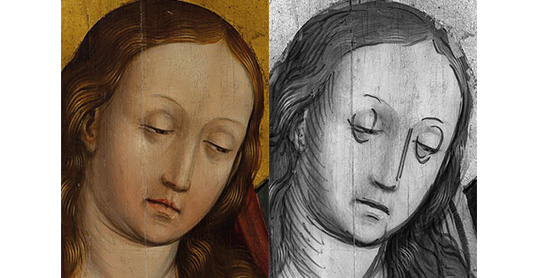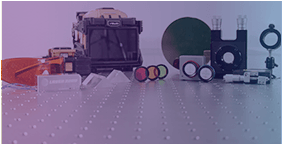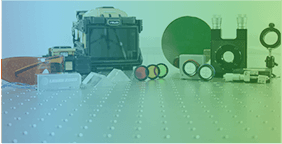Scientific & Advanced Reserach
Many scientific fields derive great benefit from infrared cameras, including for example: detectors for spectroscopy, wavefront sensors in imaging techniques from microscopy to astronomy, and the analysis of artworks, paintings and cultural heritage artifacts.

The requirements for the respective cameras and sensor solutions are just as diverse as the fields of application in the scientific sector.
For spectrometers, highly sensitive and low-noise detectors are often demanded to be read out very fast to study short-lived transitions.
Adaptive optics are used in biology as well as in medical applications, where heterogeneous tissue layers have to be penetrated. In this way, underlying structures are resolved and clearly displayed. The different layers create warping and blurring, similar to looking through a moving water surface. Wavefront sensors measure these distortions and adjust the optics to compensate them.
Applications such as laser-optical telecommunication and astronomy, where light is transported through turbulent air or atmosphere with fluctuating refractive indices, are characterized by long travel distances. They therefore rely as well on adaptive optics or wavefront sensors for correction to ensure high data rates or high-resolution images.
Prolonged exposure to heat-generating light sources can damage sensitive objects of study such as works of art and cultural artifacts. Therefore, both research and restoration in this field strive to capture as much detail as possible in as few images as possible. This makes high resolutions essential, especially for large fields of view.
Back to the Application Infrared Imaging



